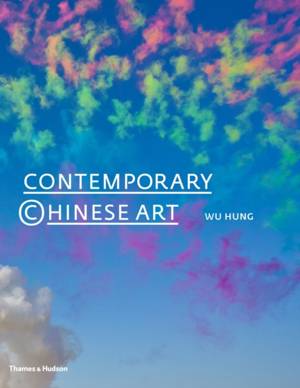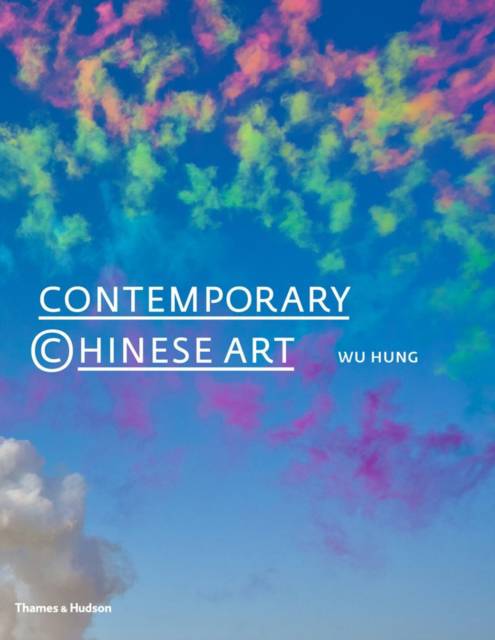
- Retrait gratuit dans votre magasin Club
- 7.000.000 titres dans notre catalogue
- Payer en toute sécurité
- Toujours un magasin près de chez vous
- Retrait gratuit dans votre magasin Club
- 7.000.0000 titres dans notre catalogue
- Payer en toute sécurité
- Toujours un magasin près de chez vous
Description
From its underground genesis during the Cultural Revolution (1966-76), contemporary Chinese art has become a dynamic and hugely influential force in a globalized art world. In this first major introduction to the topic, Wu Hung provides an accessible, focused, and much-needed narrative of the development of Chinese art across all media from the 1970s to the 2000s, a time span characterized by radical social, political, and economic change in China. The book is a richly illustrated and easy-to-navigate chronological survey that considers contemporary Chinese art both in the context of China's history and in a global arena. Wu Hung explores the emergence of contemporary art--as opposed to officially sanctioned art--in the public sphere after the Cultural Revolution; the mobilization by young artists and critics of a nationwide avant-garde movement in the mid-1980s; the re-emphasis on individual creativity in the late 1980s and the heightened spirit of experimentation of the 1990s; and the more recent identification of Chinese artists, such as Ai Weiwei, as global citizens who create works for an international audience.
Spécifications
Parties prenantes
- Auteur(s) :
- Editeur:
Contenu
- Nombre de pages :
- 456
- Langue:
- Anglais
Caractéristiques
- EAN:
- 9780500239209
- Date de parution :
- 14-10-14
- Format:
- Livre relié
- Format numérique:
- Genaaid
- Dimensions :
- 236 mm x 302 mm
- Poids :
- 2562 g

Les avis
Nous publions uniquement les avis qui respectent les conditions requises. Consultez nos conditions pour les avis.






